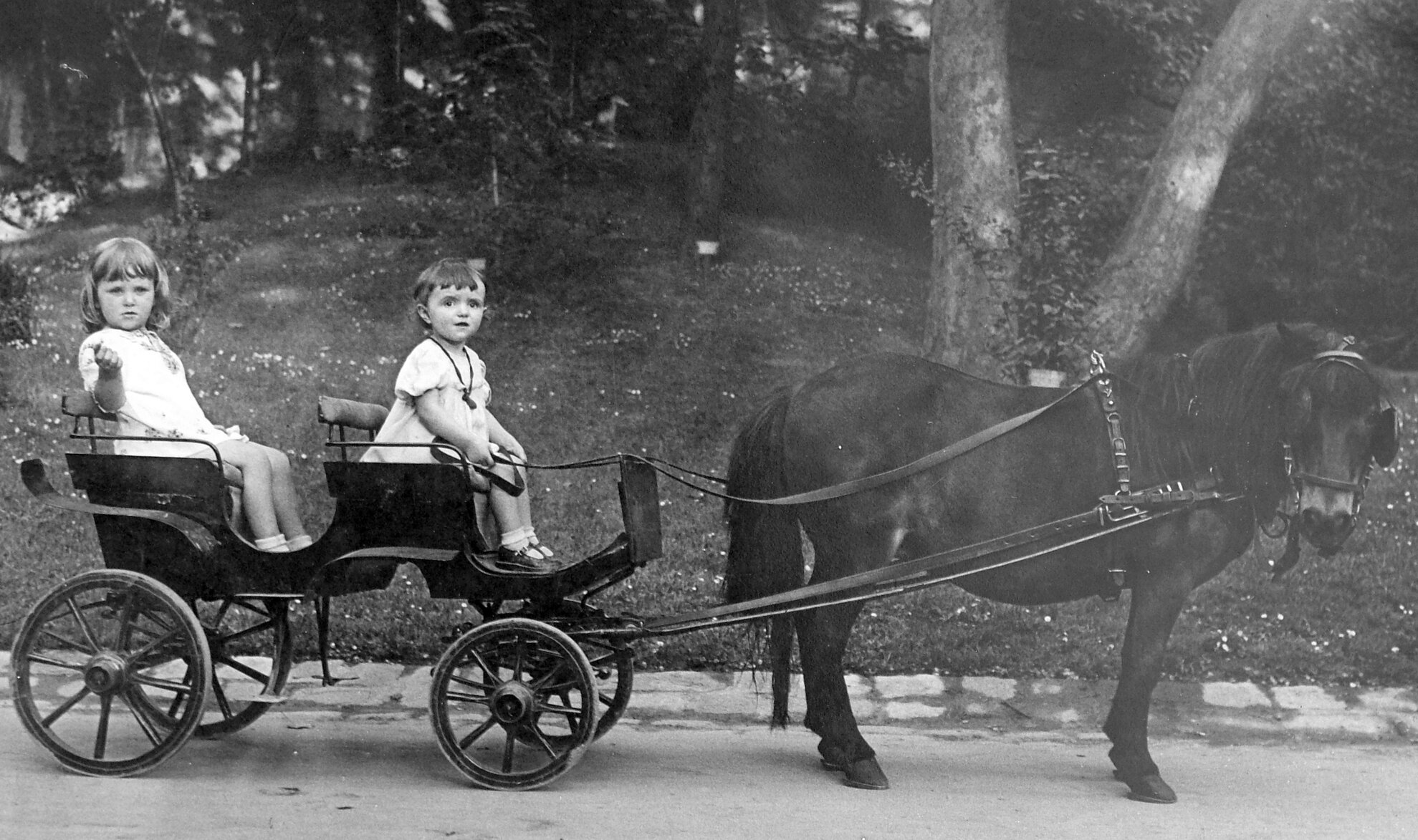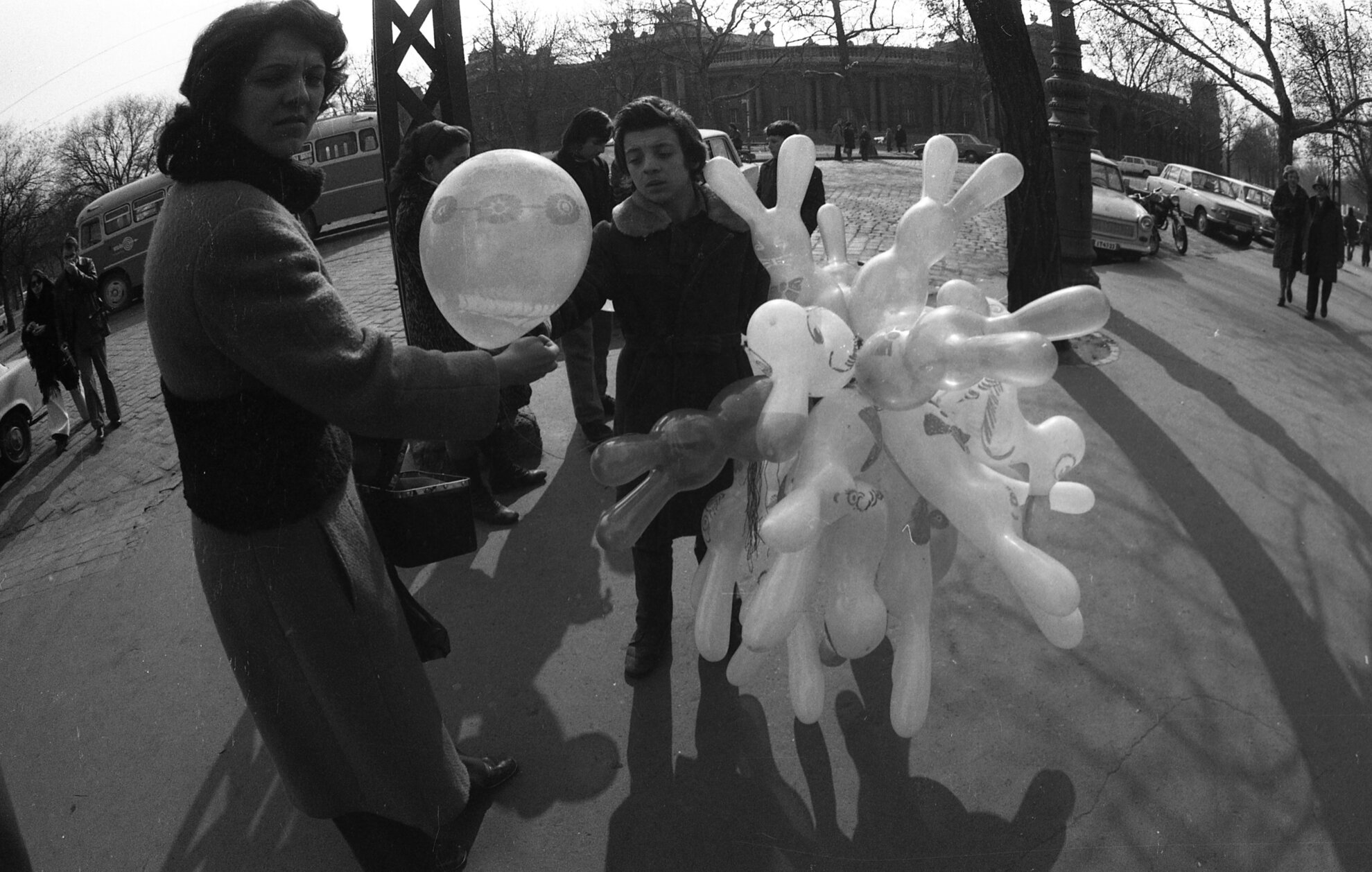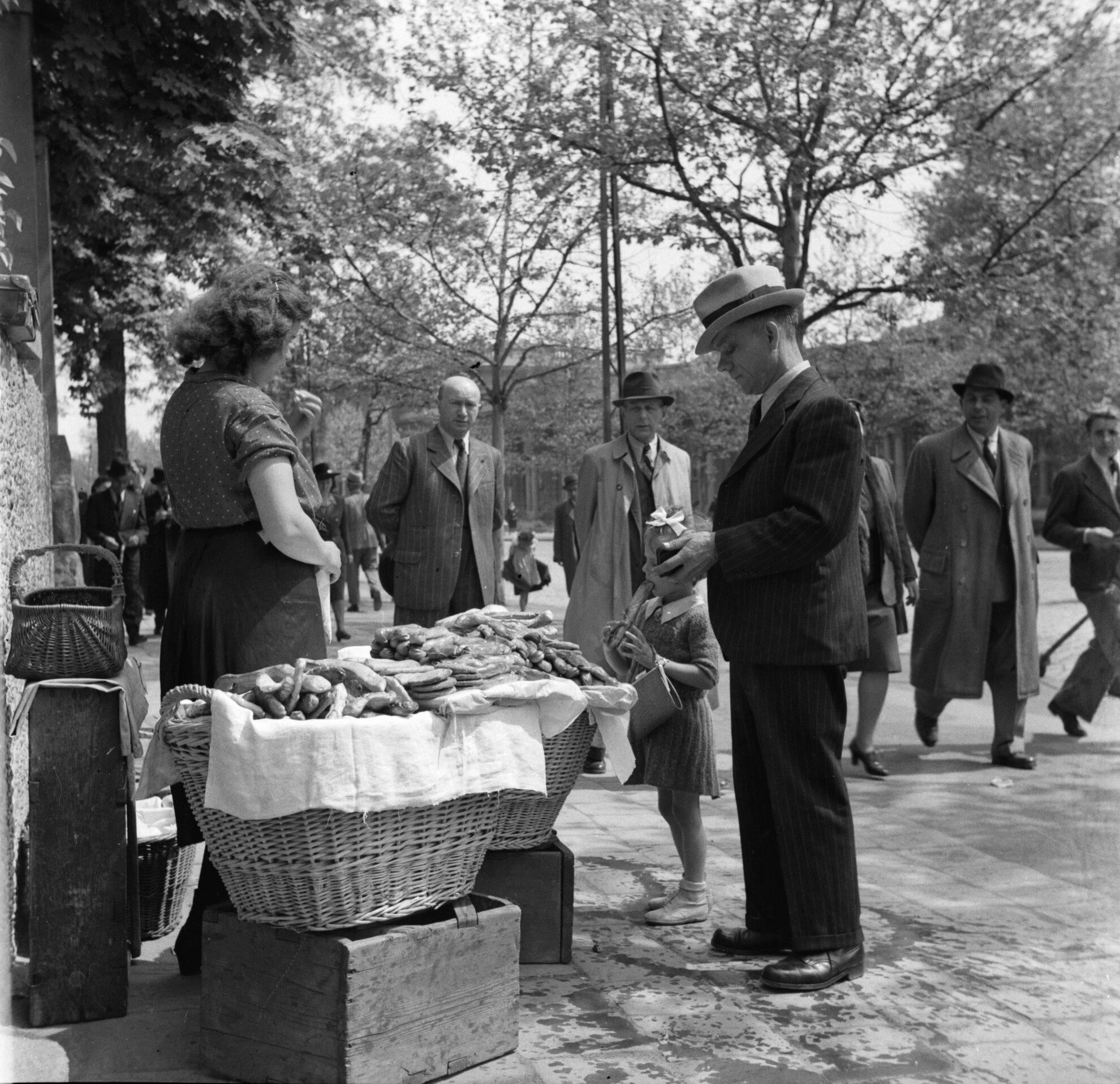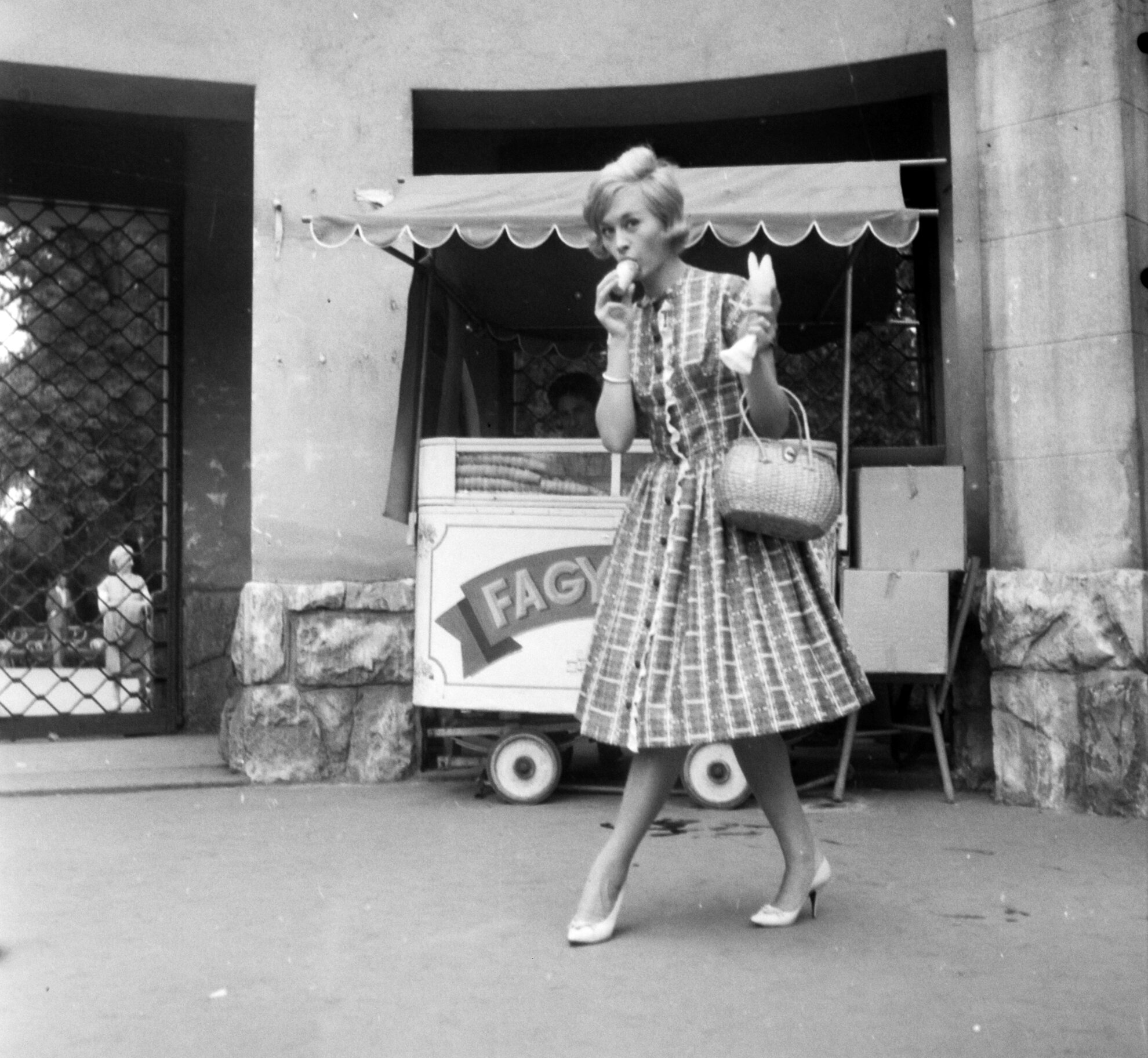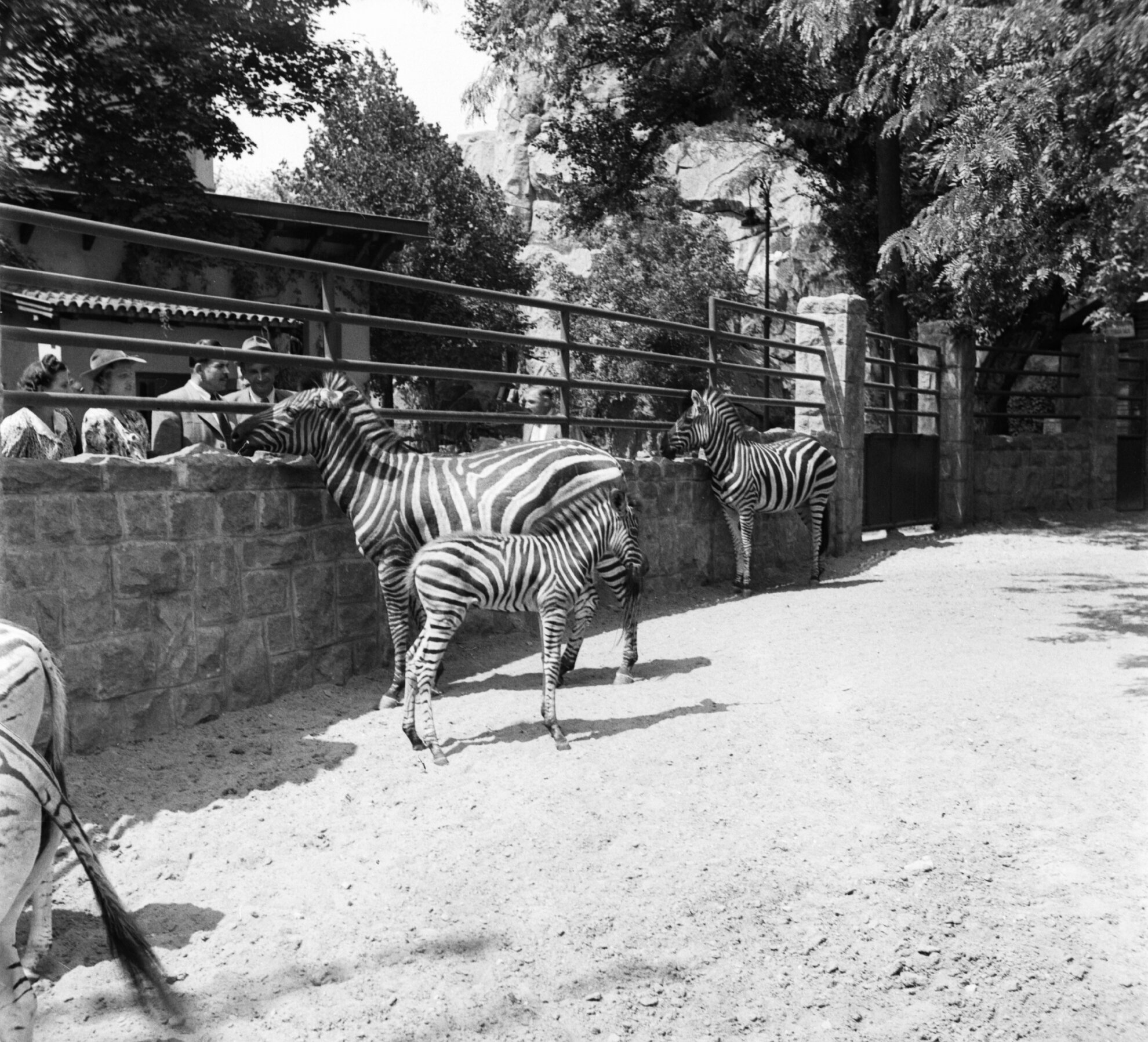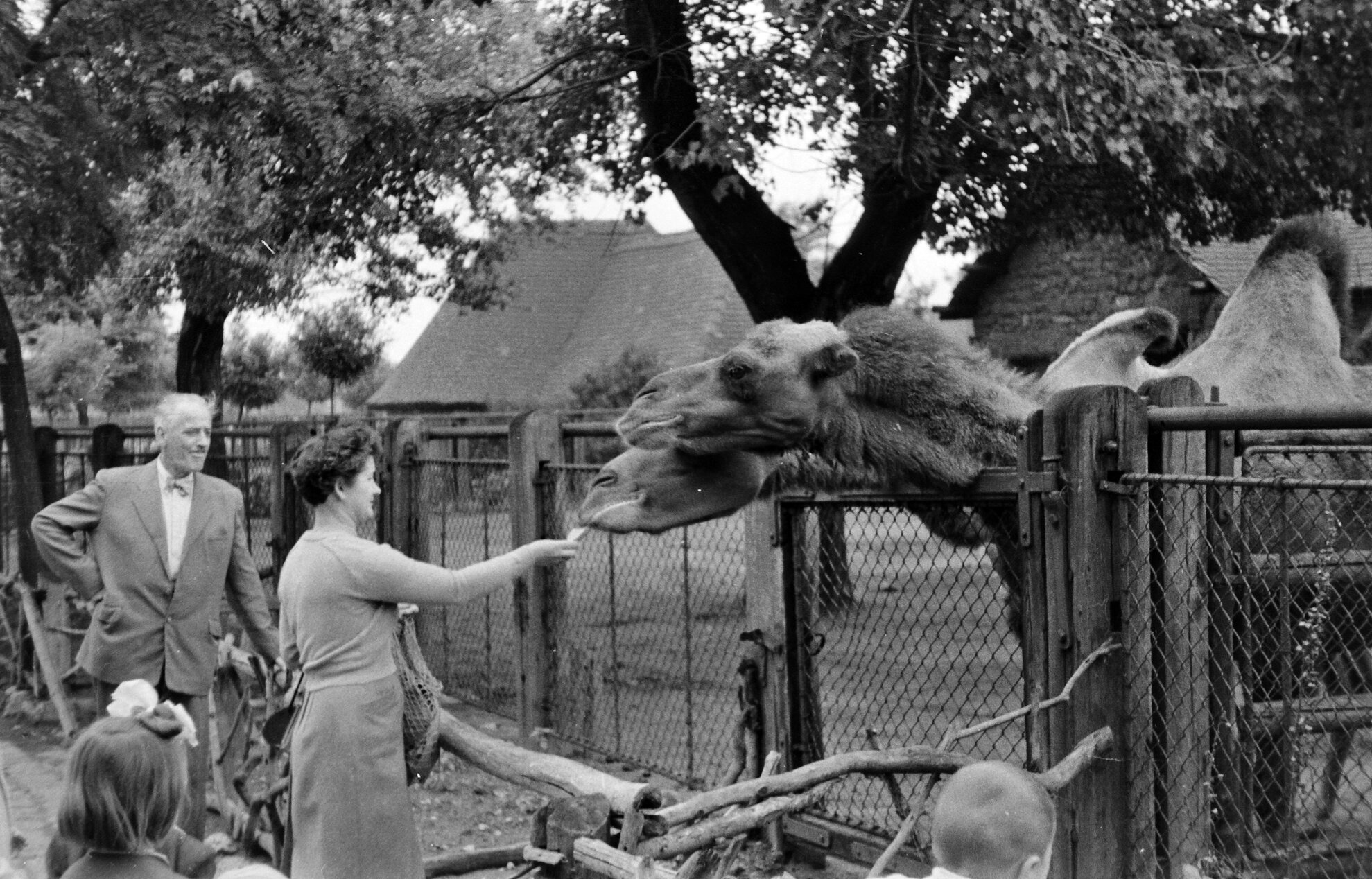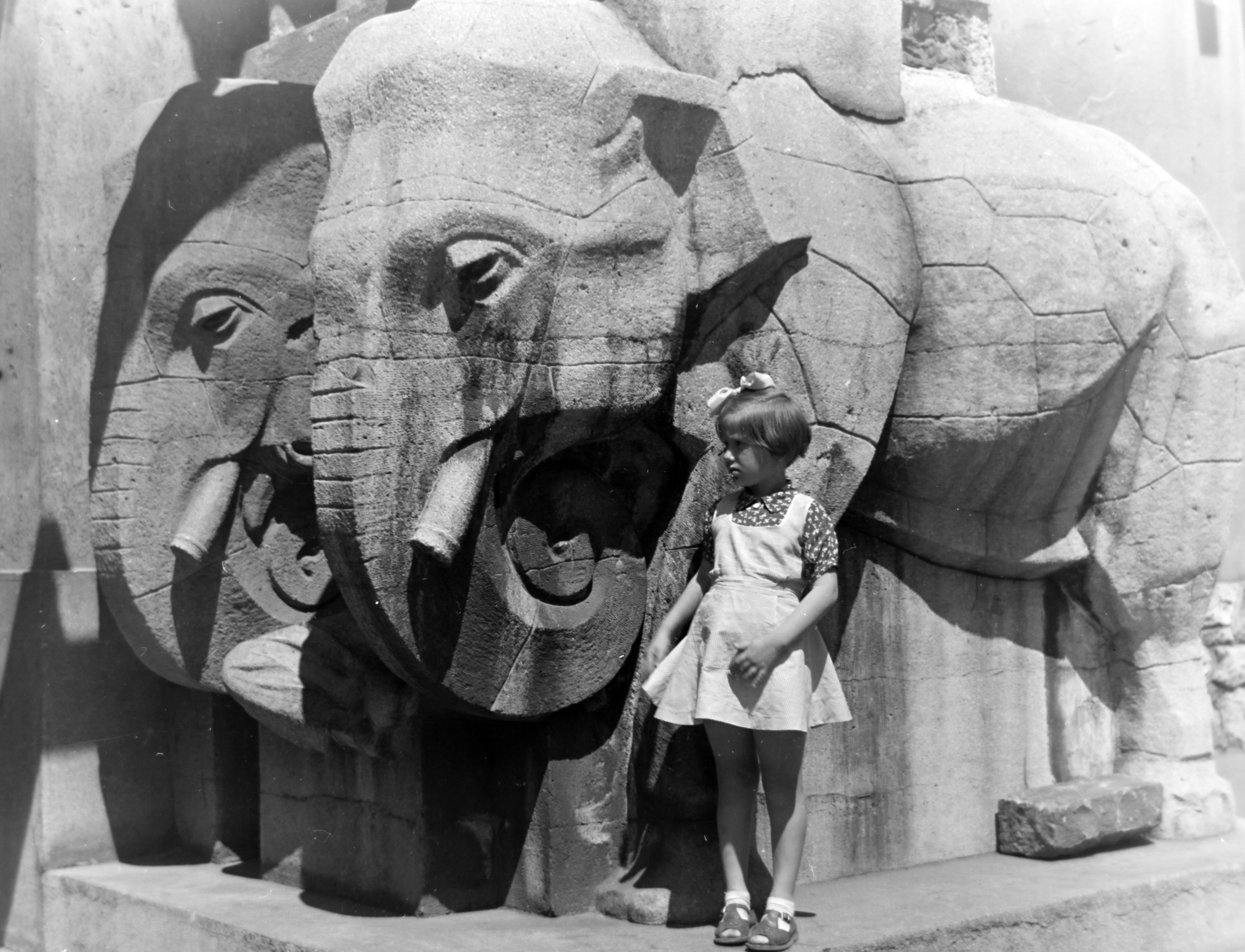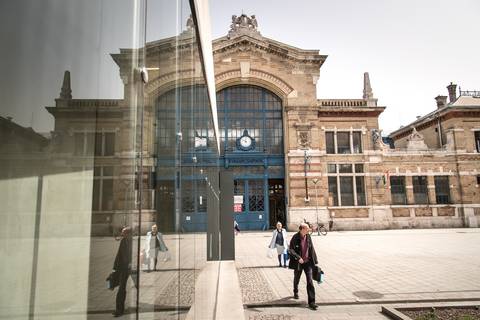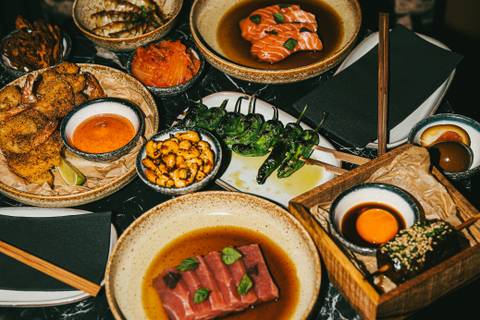Budapest Zoo has been welcoming visitors for more than a century and a half. With the Easter holidays soon here, its closure during the pandemic is that much more apparent than ever. Here we’ve selected a series of images from the Fortepan archive to reflect how Hungarians used to enjoy their trips to the zoo in decades past.
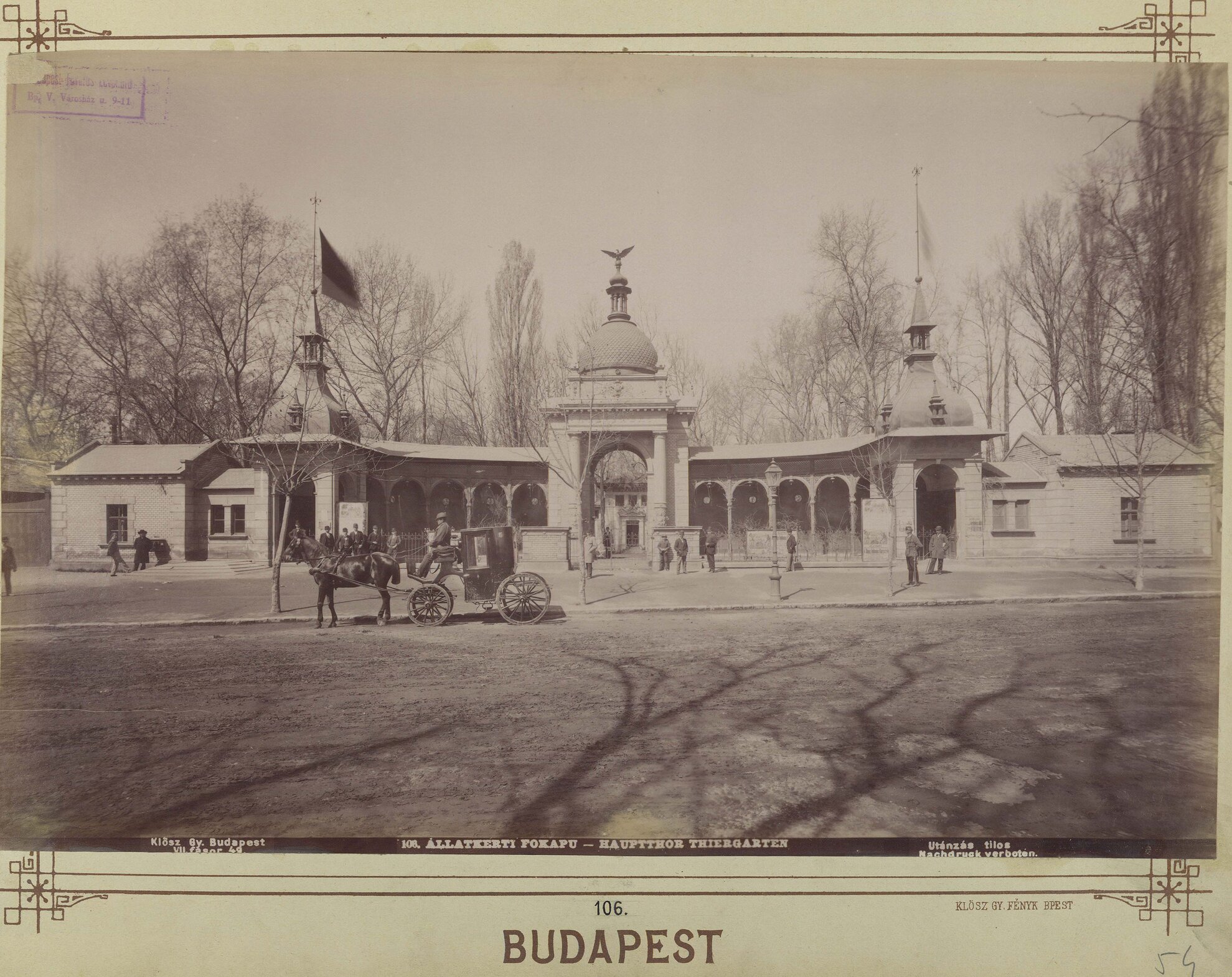
Budapest Zoo was conceived around the 1840s, but plans only became more concrete in 1865 when the City of Pest officially allocated almost 18 hectares of land from the City Park. More precisely, it was from an area then still called the City Forest. The symbolic fee would be one gold forint a year.
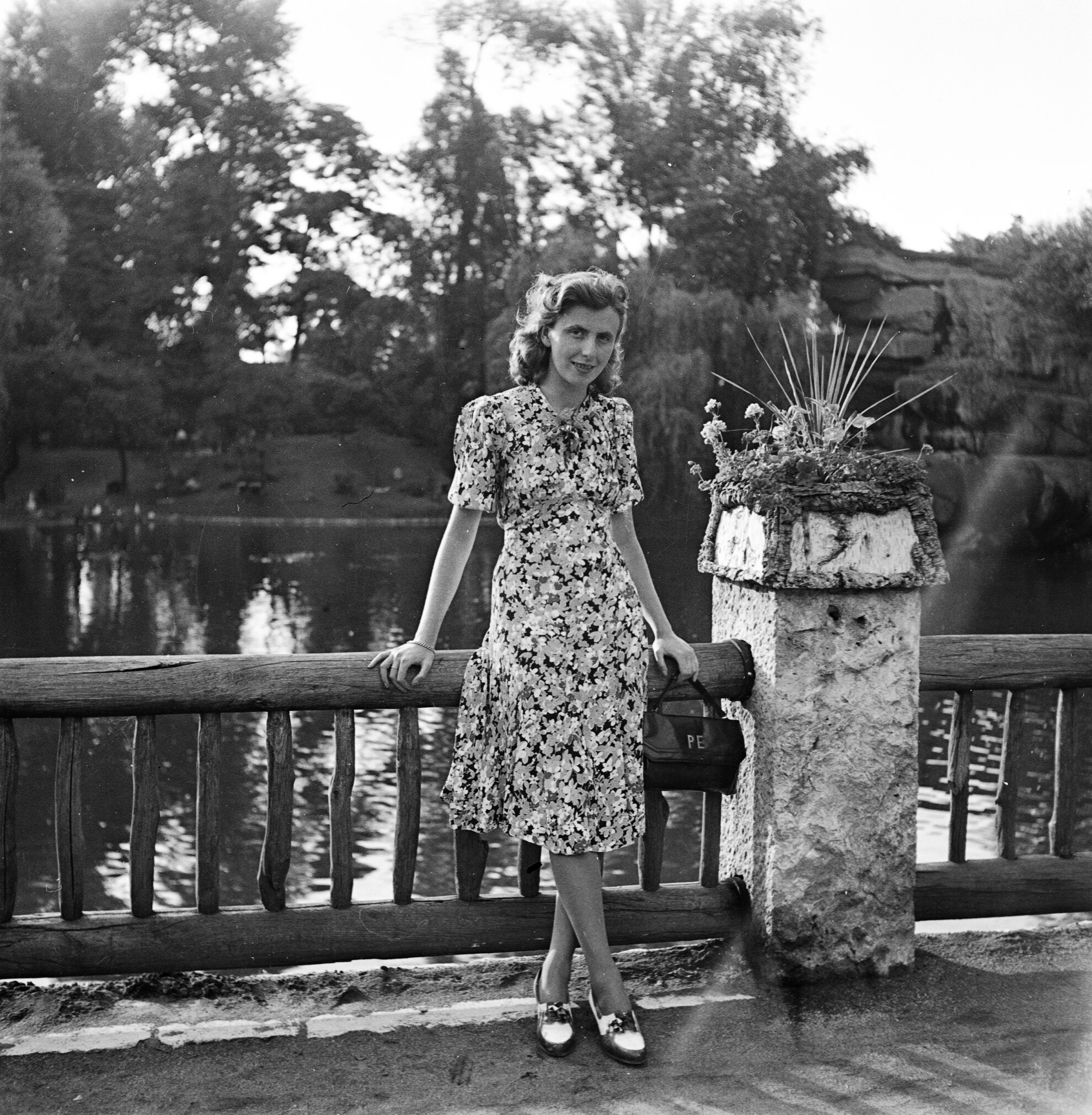
The division of the zoo, its walkways and park areas, were created by the City’s chief gardener, Ármin Pecz. The buildings were designed by renowned architects such as Antal Szkalnitzky and Henrik Koch, also responsible for the Budapest University Library, the Main Post Office in town and the residential block on the corners of Oktogon.
Plans included the design of one of the main attractions of the zoo to this day, the 900-square-metre main lake. The whole complex was completed in 1866 at a total cost of 28,518 forints.
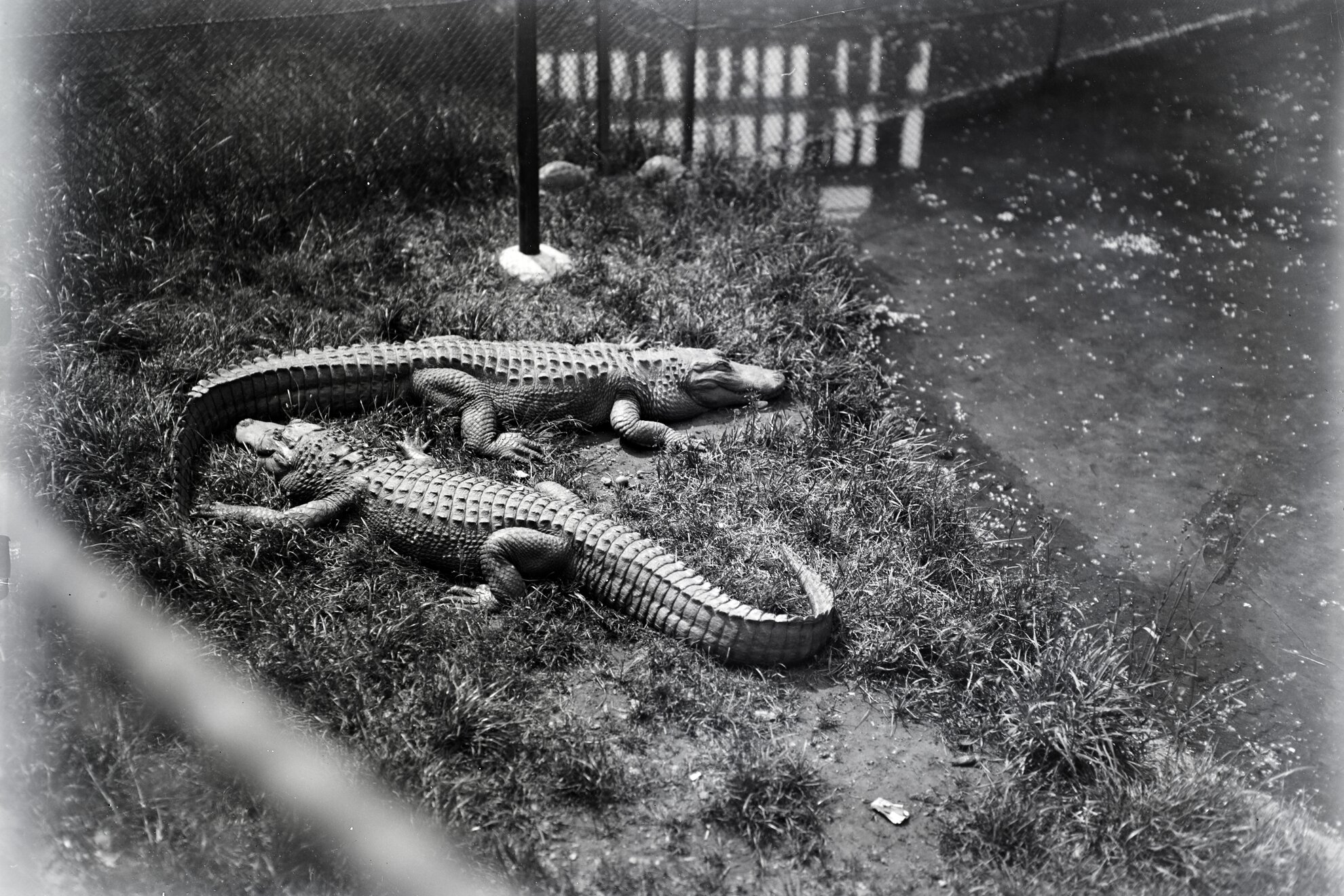
The animal houses, the paddocks and the walkways may have been ready, but they still needed residents. Procurement of the animals began long before the opening. On the news of the zoo’s foundation, creatures had come in from all over the country, housed at the Herb Garden for a while. However, most of the livestock was sourced through purchasing, and exotic species also arrived from Schönbrunn in Vienna, donated directly to Budapest Zoo by Habsburg Emperor Franz Joseph.
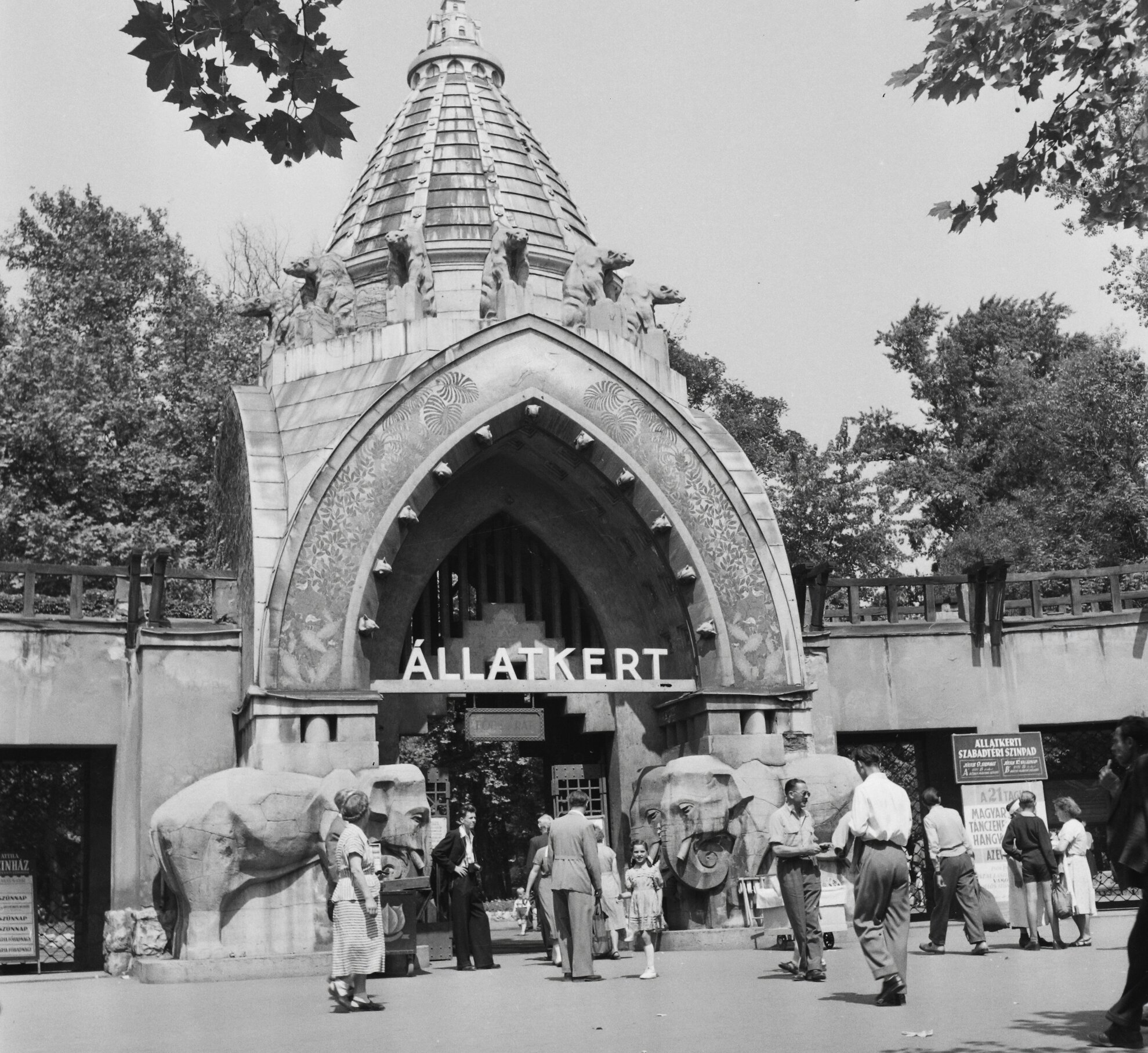
The Zoo finally opened its doors to the general public on 9 August 1866, enthusiastically welcomed as a new attraction in Budapest, and a huge crowd greeted the hundreds of animals. The main entrance was already in in place in 1866, but today’s elephant-themed Main Gate, was unveiled in 1912.
In fact, the only building that has existed since its opening is the Bagolyvár (Owl Castle), although even that has been moved and remodelled.
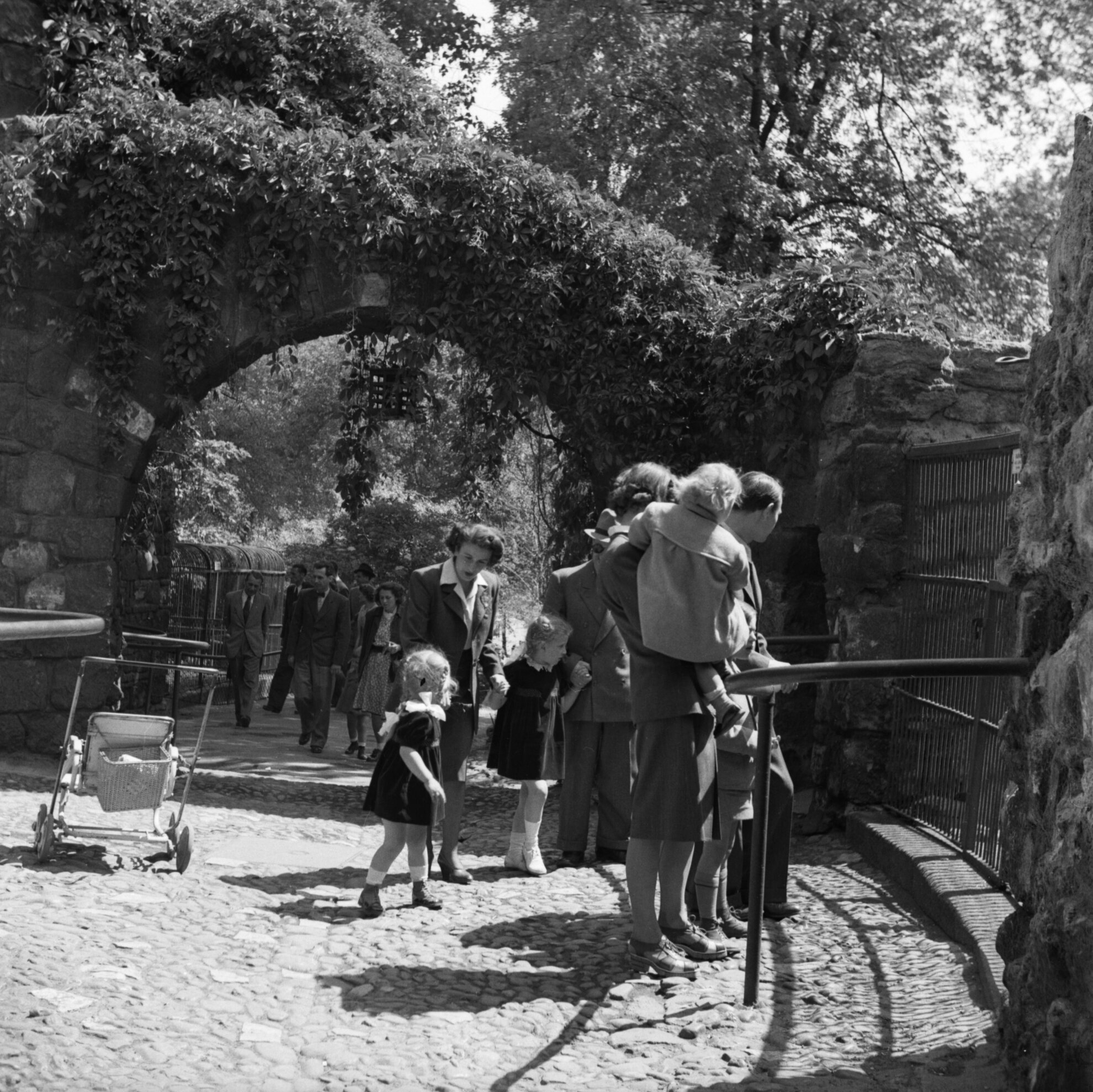
Between 1909 and 1912, the zoo underwent a major transformation and reconstruction, the works directed by architect Kornél Neuschloss, a professor of architecture, responsible for the Main Gate and the Elephant House.
Most of the other animal houses were designed by two of this most talented students, Károly Kós and Dezső Zrumeczky, and their buildings still stand today.
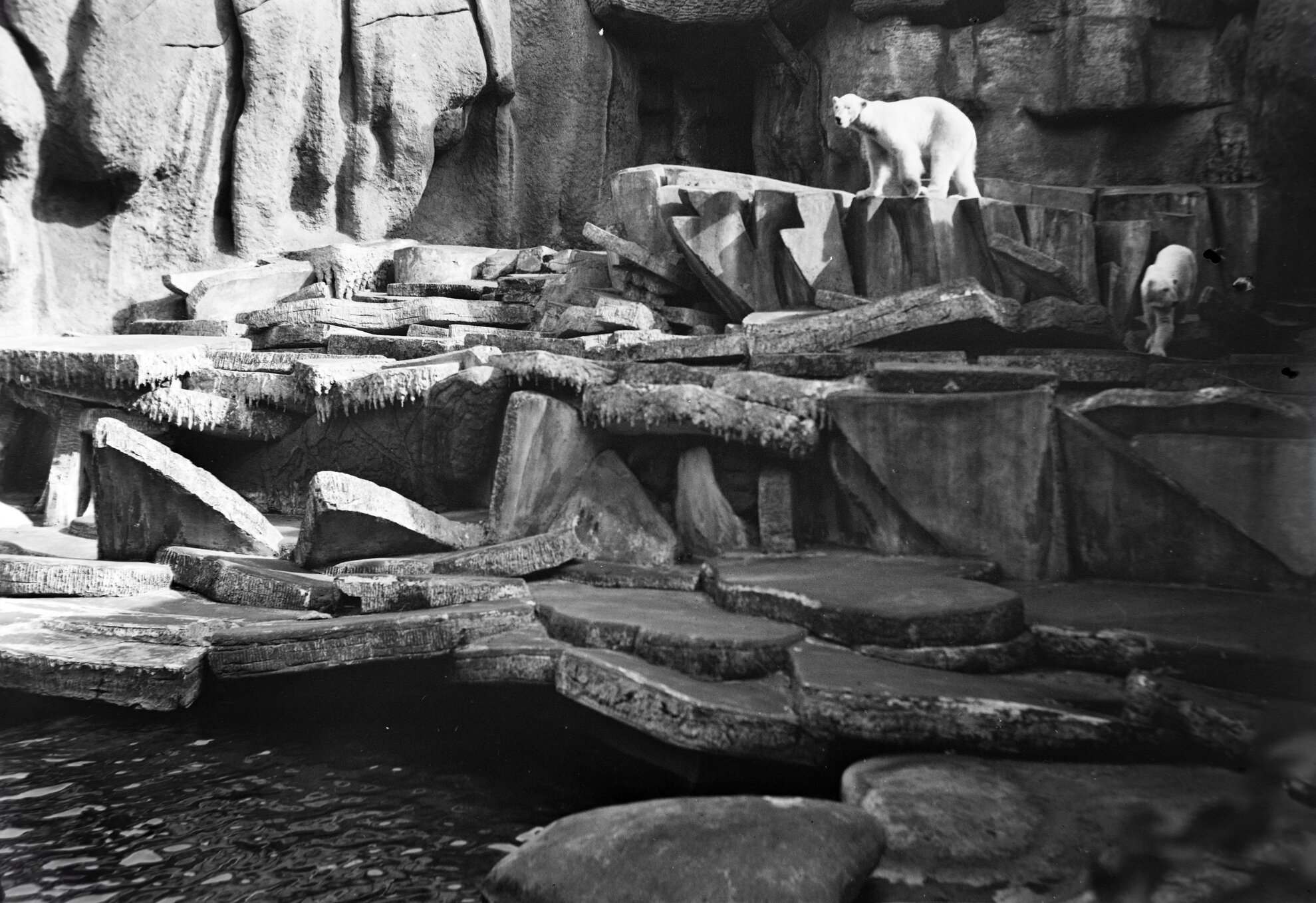
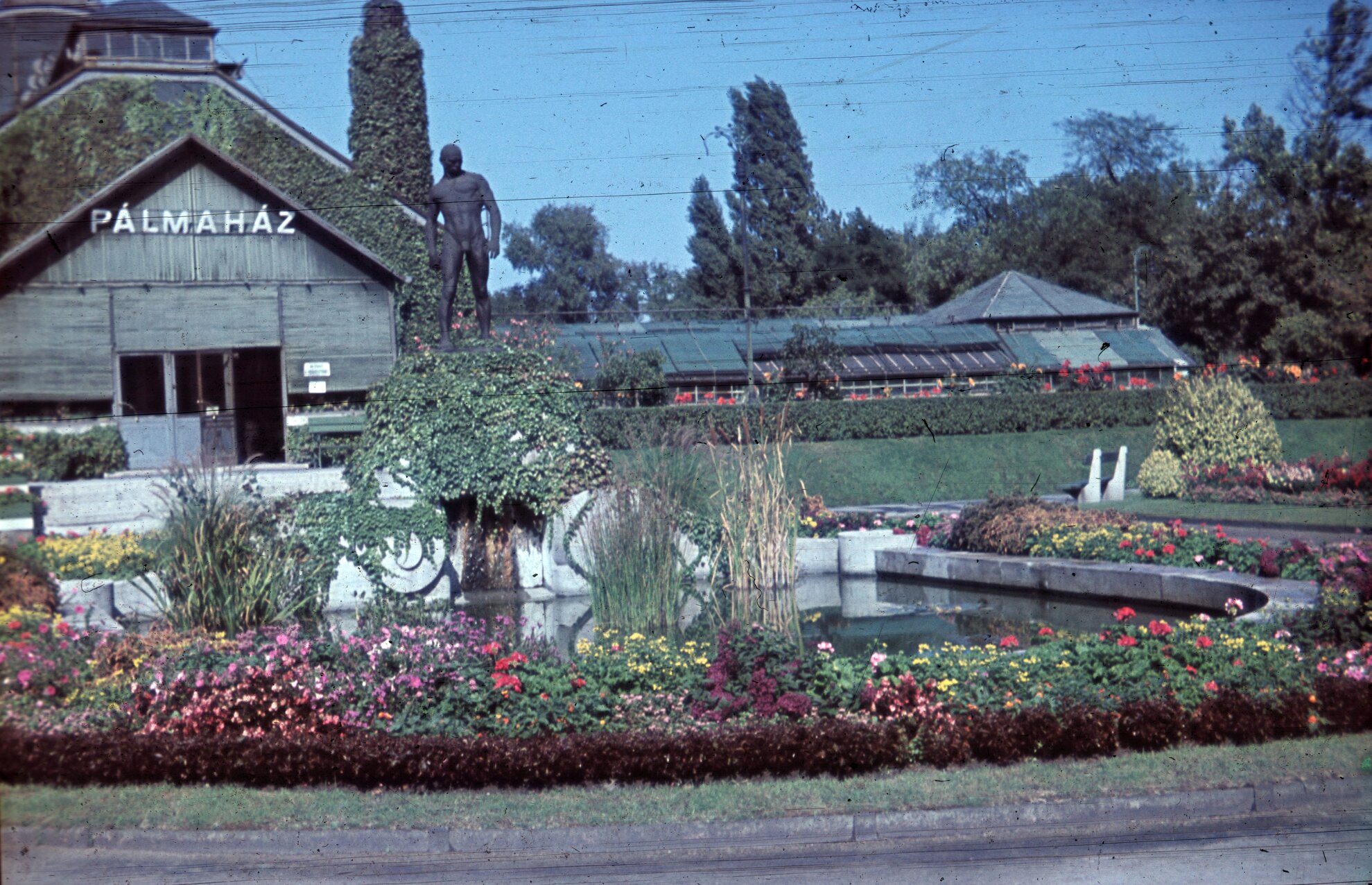
It was then that the iron structure of the Palm House and the installation of reinforced concrete for the artificial rocks were completed. The Palm House was first earmarked for Gellért Hill, but eventually the hall presenting tropical species was moved to the zoo. After severe damage during the war, it was renovated and reopened in 1953.
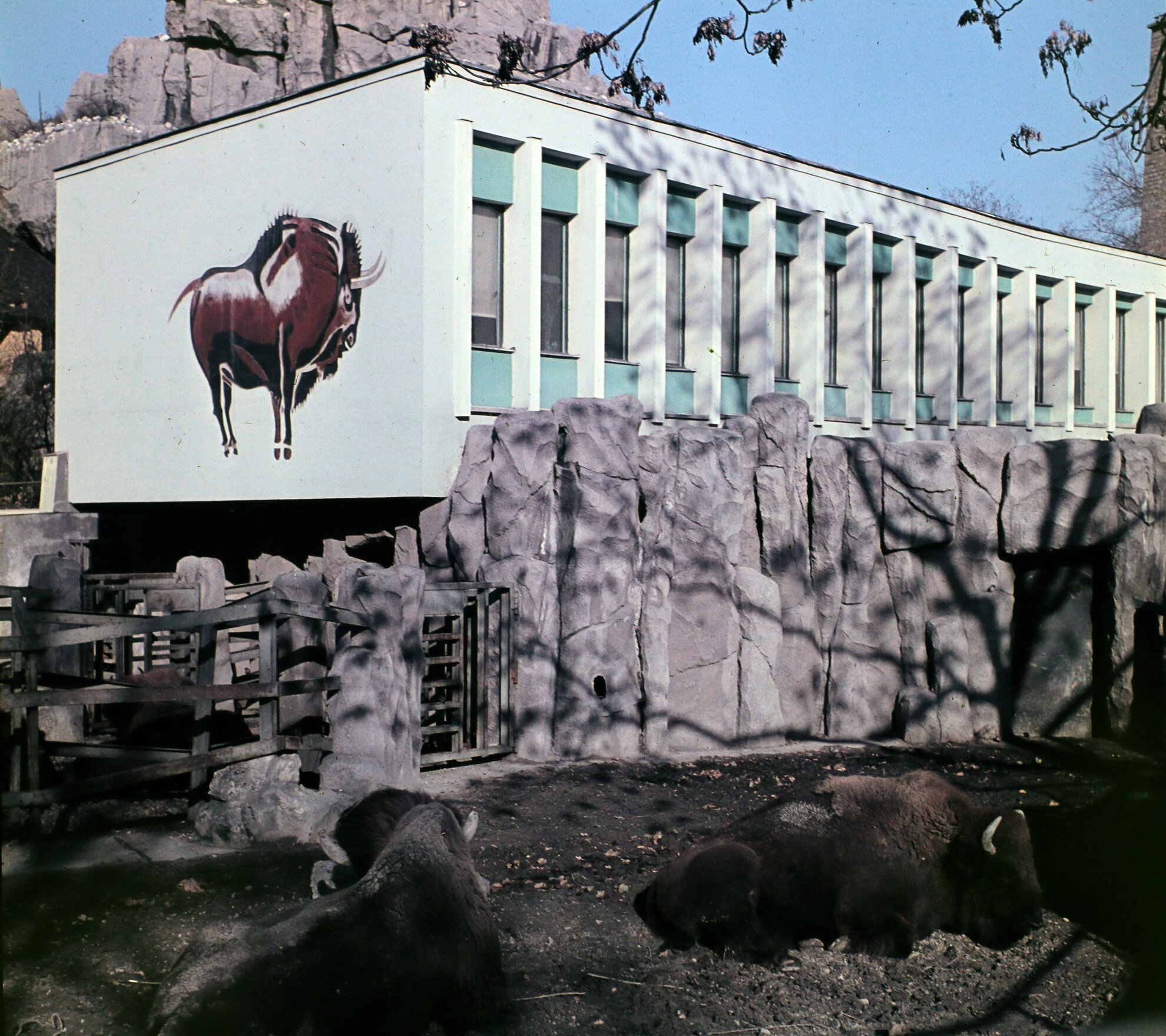
Many buildings had to be rebuilt, in fact. The Bison House was unveiled in 1963, designed by Gyula Kéri and Ferenc Bodnár, the illustration on the façade created by painter Jenő József Percz. The building was demolished in 2010, and a copy of the original Bison House designed by Károly Kós was rebuilt on its site.
The Giraffe House was opened in 1965, and by 1967 the new Camel House was completed. This still exists today as part of the Savannah Complex, and currently houses rhino stables.
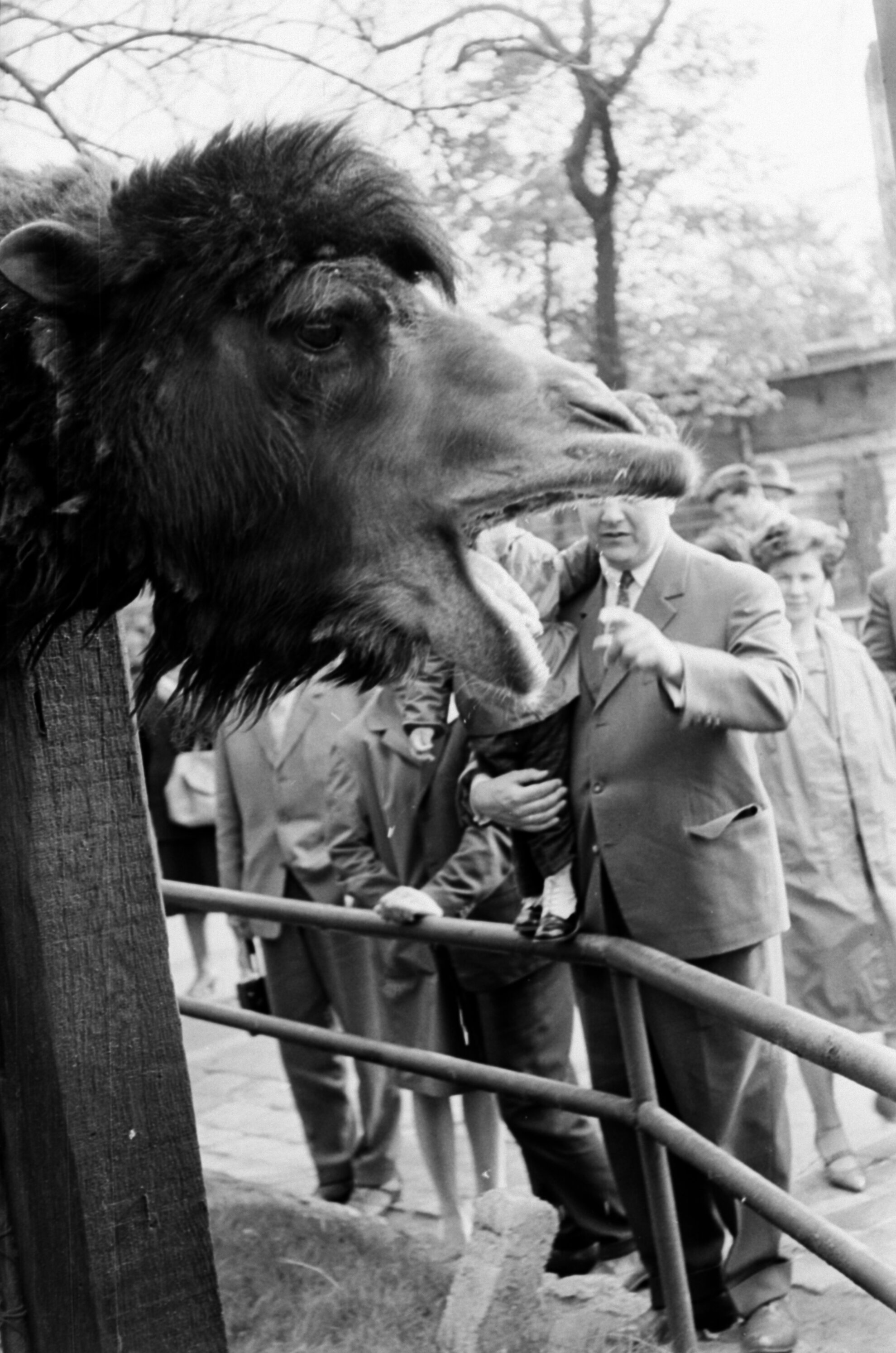
Different attractions dip in and out of favour. Pony carriages were all the rage in the 1930s, balloons in the 1970s. Pretzels and ice cream have always been popular. Feeding the animals was regulated from the late 1980s, when management introduced zoo snacks.
